Twisting Myocardial Structures and Spiral Flow Dynamics
Complex Structural Heart Disease Interventions
Structure Dictating Function / Function Dictating Structure
"The Heart: is not just a pump, it's a double-helix making vortex"
The driving hypothesis of these studies is rooted in the recognition that the cardiovascular structure has co-evolved to selectively support helical blood-flow function. This is consistent with the propensity of fluids to spiral and/or vortex (often seen in whirlpools, cyclones), and until recently this concept remained unrecognized as a natural driving force responsible for the propulsion/motion of blood. Bio-inspired helical structure designs of vascular conduits and artificial blood pumps imparting rotational fluid momentum is informing this research.
The two projects are naturally interrelated because the development of a biomimetic impeller pump capable of generating longstanding inertial fluid-structures can be used to promote vortical flow and neighboring fluid entrainment (vortex can transport more fluid mass than an equivalent straight jet of fluid).
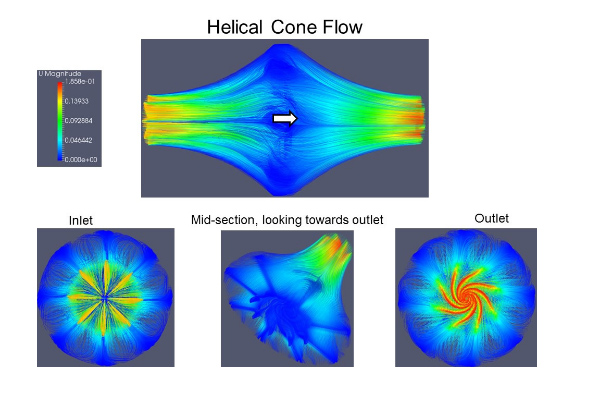
Generation of spiral flow, modeled with computer-aided design and simulated using computational fluid dynamics.
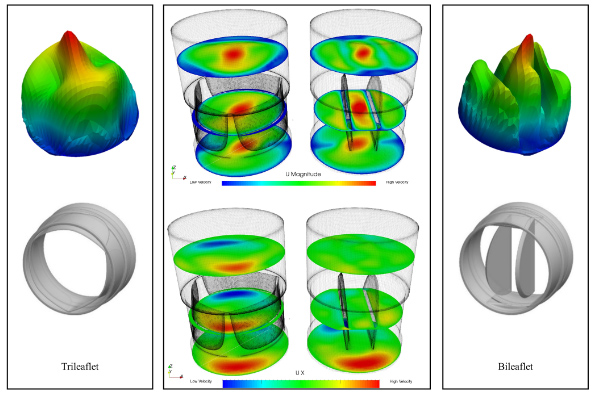
Study of valve-type dependent modulation of generated spiral flow.
Huang Zhang, P., Tkatch, C. D., Kresh, J. Y. “Preservation of Generated Cardiac Spiral Flow Structures Is Valve-Type Dependent." Circulation. 2016. 2018;134:A20291
Giving it a Whirl: Spiral HemoDynamics
Spiral forms of blood flow have been implicated in endothelial mechanobiology and in inhibition of atherothrombosis. Spiral flow (comprised of axial and circumferential components) not only organizes multi-directional fluid flow streams, but importantly normalizes wall shear stress gradients, diminishes the impact-pressure of fluid jets, and improves near-wall washout and transport. Our lab aims to research the underlying characteristics of spiral flow-forms to improve the design of a broad range of blood recirculating devices using computational fluid dynamic (CFD) simulation methodologies, in-vitro measurement validations, and 3D printing/prototyping techniques.
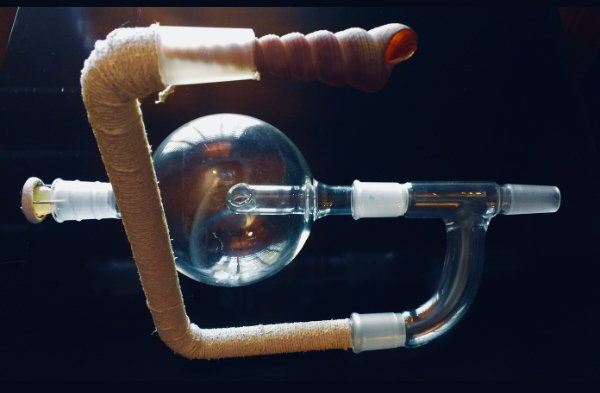
Spiral Generator. DC-to-AC Flow Inverter by JY Kresh, 2018.
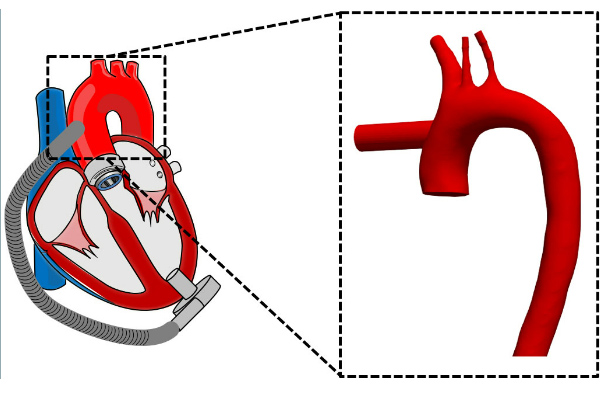
Schematic of implanted mechanical circulatory support (MCS, left). 3D model for CFD of the aorta with MCS outflow interface (right).

3D-printed model of a patient-specific aortic arch (upside down), used in in-vitro mock flow experiments.
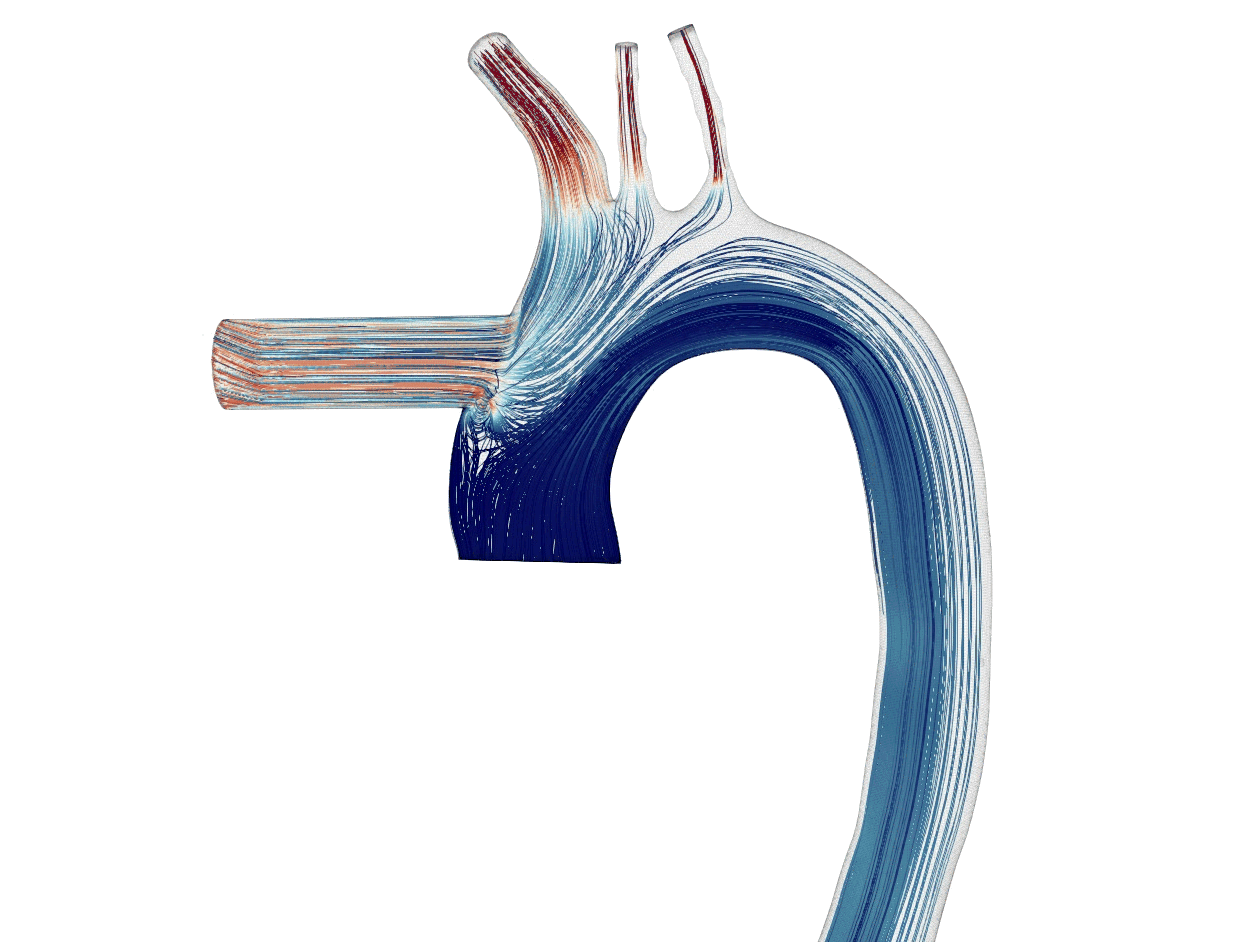
CFD simulation of spiral flow (with variable rotational direction), generated at the MCS-outflow graft, patterning downstream aortic arch hemodynamics.
Back to Top